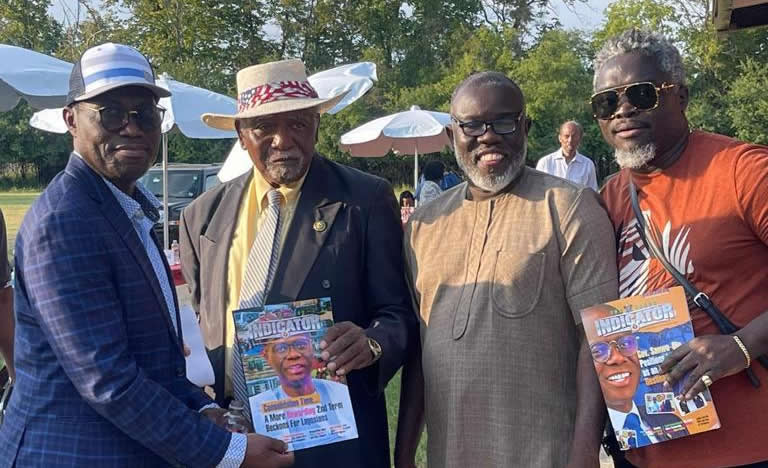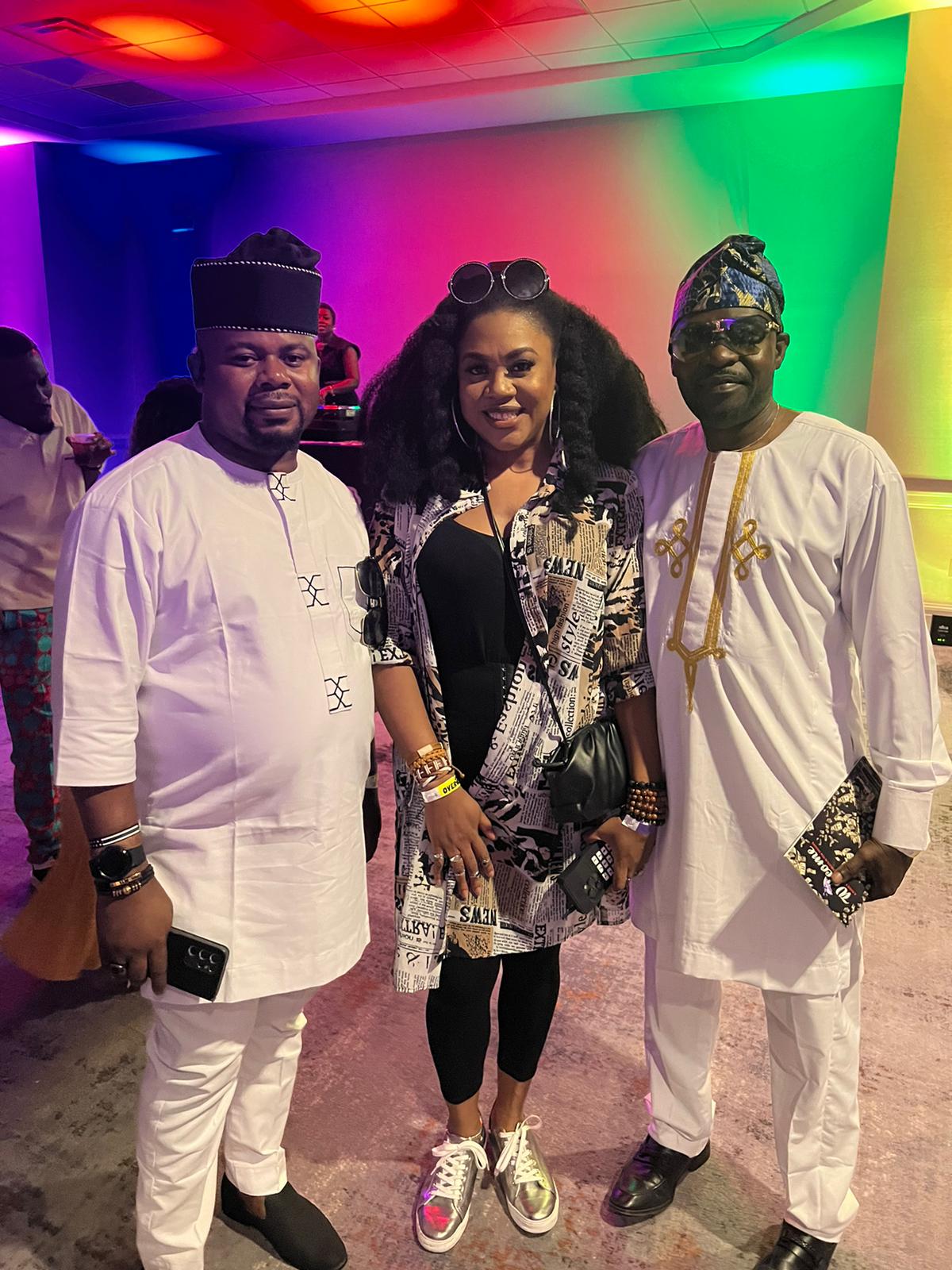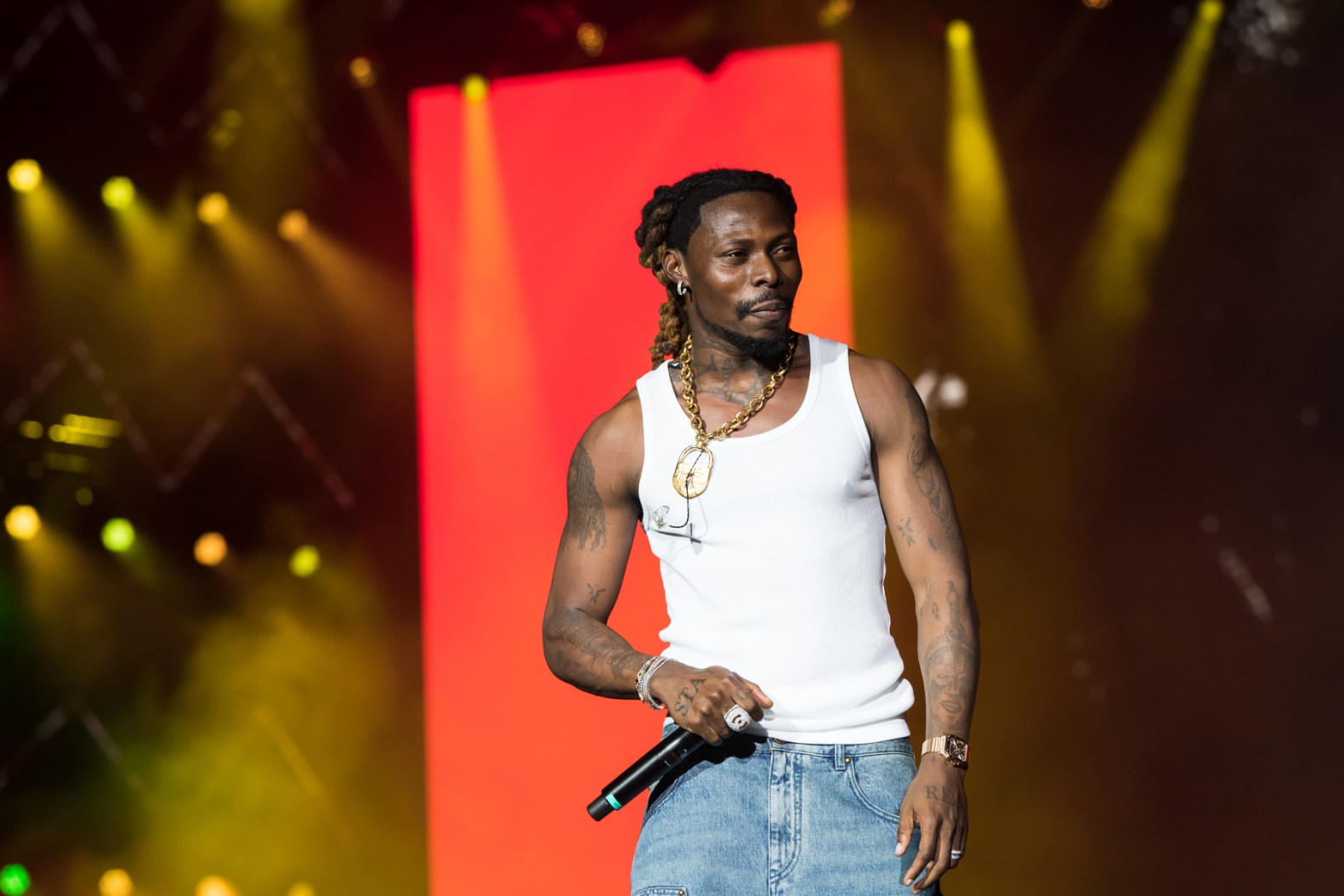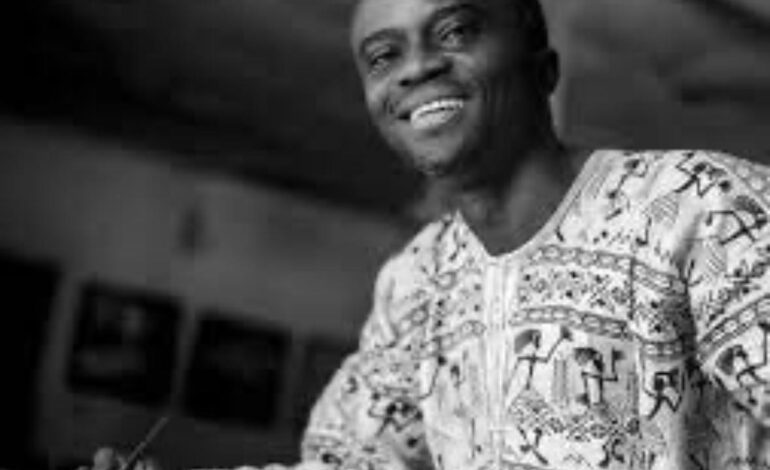
Lemi Ghariokwu: The Brush That Painted Afrobeat’s Revolution
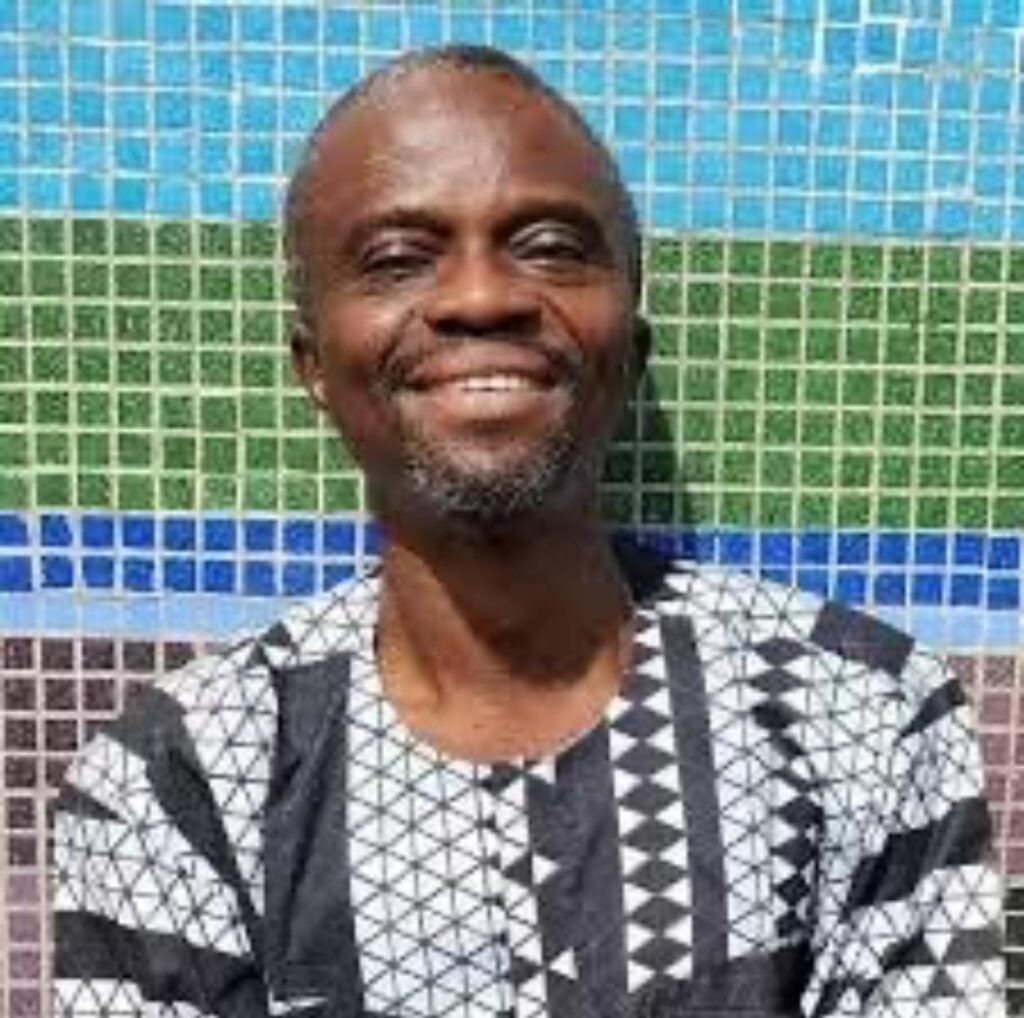
Long before album covers became digital thumbnails, one Nigerian artist turned cardboard sleeves into weapons of truth, rebellion, and identity. His name is Lemi Ghariokwu—a Lagos-born illustrator whose pen and paintbrush gave visual life to the music and message of Afrobeat’s fiercest prophet, Fela Anikulapo Kuti.
Born Emmanuel Sunday on December 26, 1955, in Agege, Lagos, Lemi grew up in a modest household, fascinated by books, cartoons, and politics. By the time he was in secondary school at Yaba, he was already drawing portraits and painting signboards professionally. But fate truly smiled on him in 1974, when a chance meeting with journalist Babatunde Harrison led to an introduction to Fela himself at Kalakuta Republic.
Fela was struck by Lemi’s raw talent and gave him complete freedom to interpret his music visually. What followed was a revolutionary partnership: Lemi designed over 26 original album covers for Fela Kuti, each one a bold, colorful, deeply satirical statement against colonialism, military rule, corruption, and Western imperialism. From Alagbon Close to Beasts of No Nation, Lemi’s covers were not just art—they were manifestos, often more provocative than the lyrics themselves.

But Lemi’s brush extended far beyond Kalakuta. He has designed more than 2,000 album sleeves, working with Nigerian legends like Sonny Okosun, Victor Uwaifo, Christy Essien-Igbokwe, and even international icons like Bob Marley and Miriam Makeba. In the 1990s, his art defined the visual identity of Nigeria’s booming music scene under Kennis Music—where artists like 2Baba, Eedris Abdulkareem, and The Remedies rose to fame with his unmistakable covers.
Beyond music, Lemi’s work has crossed into the fine art world. His paintings have been exhibited at the New Museum in New York, the Saatchi Gallery in London, and even acquired by the Museum of Modern Art (MoMA). Global critics hail him as a pioneer of “Afro Pop Art,” blending political commentary, cultural pride, and psychedelic imagery.
Inspired by Fela’s Pan-Africanism, Lemi abandoned his colonial name “Emmanuel Sunday” and chose “Lemi Ghariokwu”—a name that spoke to African identity and creative independence. Like Fela, he believed that art should not entertain the powerful, but confront them.
Today, Lemi is still active—mentoring young artists, designing for Rolling Stone Africa, and serving as a living bridge between the radical past and the creative future of African visual culture.
He is not just an artist. He is a historian, a storyteller, a cultural warrior.
Lemi Ghariokwu gave Afrobeat its face—and gave Nigeria a mirror.

